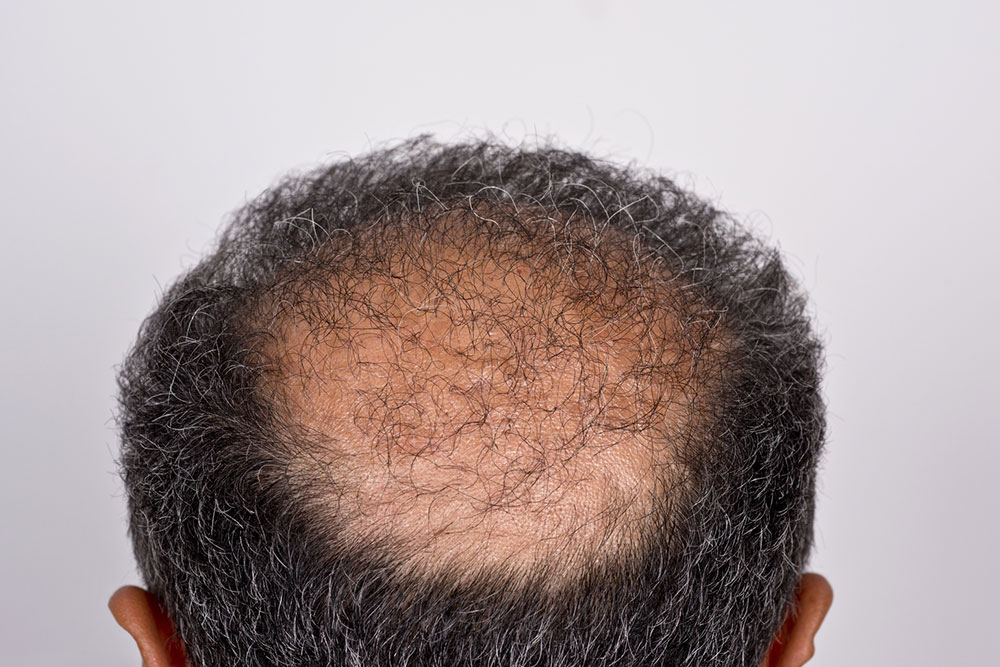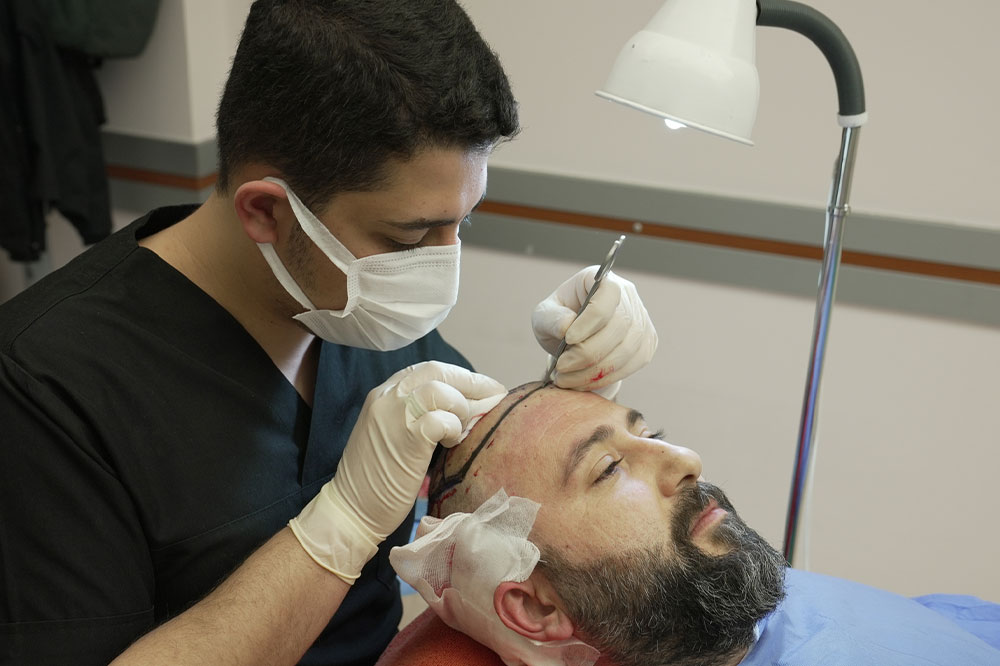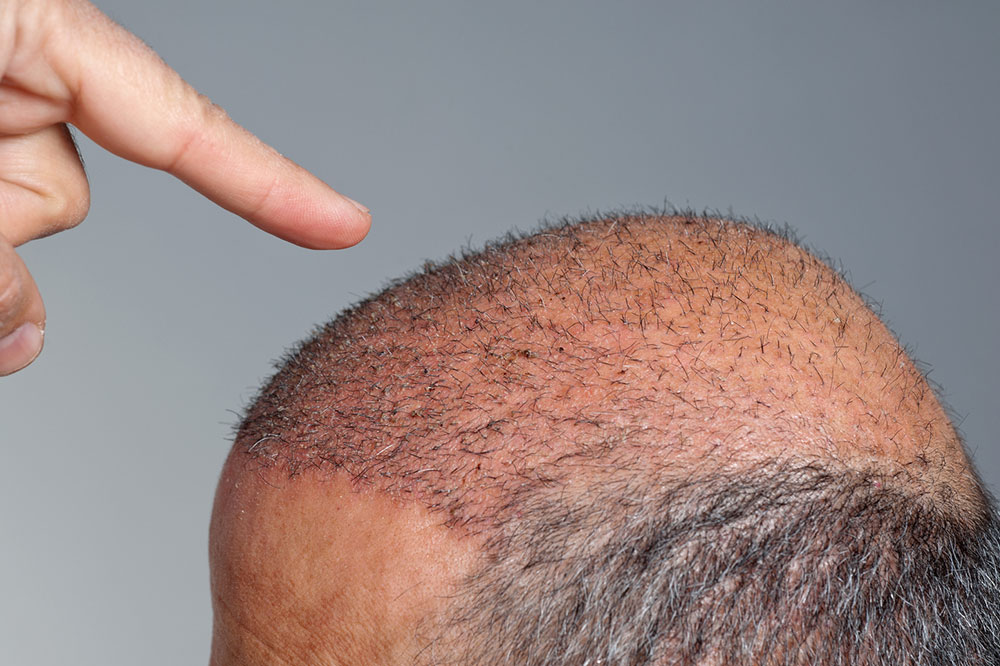Ultimate Guide to Hair Transplantation: Techniques, Costs, and Step-by-Step Process
Discover the comprehensive guide to hair transplantation, exploring various techniques like FUE, FUT, DHI, and robotic procedures. Learn about costs, step-by-step processes, and tips to select the best clinic, all aimed at helping you achieve natural and lasting hair restoration results. Spain stands out as a top destination for quality, affordability, and expert care, making it an ideal choice for those seeking effective hair loss solutions.

Ultimate Guide to Hair Transplantation: Techniques, Costs, and Step-by-Step Process
Hair loss can significantly impact self-esteem and confidence, prompting many individuals to seek effective solutions for restoring their hair. Hair transplantation has emerged as a highly successful and natural-looking procedure, offering hope to those experiencing pattern baldness, thinning hair, or receding hairlines. Over recent years, advancements in medical technology have transformed hair restoration into a precise, minimally invasive, and highly effective process. Spain, in particular, has become a renowned destination for the highest quality hair transplant procedures, attracting patients worldwide due to its advanced clinics, experienced specialists, and competitive costs.
Understanding the Costs of Hair Transplant Surgery
When considering a hair transplant, cost is a key factor. The price for hair restoration procedures varies depending on the clinic, technique used, and the complexity of the case. In Spain, clinics typically charge between €2,000 and €5,000 for standard procedures. For clients seeking premium or more comprehensive services, costs can reach up to €8,000. The choice of technique also influences the overall expense; for instance, DHI (Direct Hair Implantation) tends to be around 20–25% more expensive than FUE (Follicular Unit Extraction) due to its precision and additional equipment involved. These costs cover consultation, procedure, anesthesia, and aftercare, but patients should also consider potential expenses for follow-up treatments or additional grafts if necessary.
Spain offers a variety of advanced hair transplant techniques designed for natural and lasting results, making it a top choice for hair restoration seekers worldwide.
Different Types of Hair Transplantation Techniques
1. Follicular Unit Extraction (FUE)
FUE is a minimally invasive method that involves extracting individual hair follicles directly from the donor area, typically the back or sides of the scalp. These follicles are then carefully implanted into the thinning or bald regions. This technique results in minimal scarring, usually appearing as tiny dot scars that are hard to detect. Because of its simplicity and quick recovery, FUE is popular among patients who want a discreet and natural look, especially those who prefer to wear their hair short. The procedure is often completed in a single session, depending on the number of grafts needed, making it a flexible and efficient option for many.
2. Follicular Unit Transplantation (FUT)
FUT, also known as the strip method, involves removing a strip of scalp tissue from the donor area — usually the back of the head. After excising the strip, hair follicles are meticulously extracted from the tissue under a microscope. These follicles are then transplanted into the balding or thinning areas. While FUT allows for transplantation of a larger number of grafts in one session and is effective for extensive hair loss, it leaves a linear scar along the donor site, which can be noticeable if the hair is cut very short. The recovery period for FUT is slightly longer compared to FUE, typically requiring several days to heal, and patients need to follow specific post-operative care instructions. This method is highly effective but is generally not recommended for older individuals or those with certain scalp conditions.
3. Direct Hair Implantation (DHI)
DHI represents an advanced, highly precise technique utilizing specialized implantation tools known as Choi pens. The method involves extracting intact hair follicles microscopically from various parts of the body, including the scalp, beard, or chest, especially when dense hair is desired. These follicles are then immediately implanted into the scalp with pinpoint accuracy, allowing for precise control over the angle, depth, and density. DHI offers several advantages, including natural growth patterns and minimal handling of grafts, which can optimize survival rates. Due to the technical complexity and the specialized equipment required, DHI often comes at a higher cost but is favored by patients seeking the most natural-looking results and minimal downtime.
4. ARTAS Robotic Hair Transplant
The ARTAS system leverages robotic technology to assist in FUE procedures. The robotic system automates the extraction process, identifying optimal donor hairs and harvesting follicles with incredible precision, reducing human error. After extraction, the follicles are then transplanted into the recipient area either manually or via robotic guidance. This method enhances accuracy, speeds up the procedure, and provides consistent, natural results. ARTAS is particularly beneficial for patients needing a large number of grafts or those with a dense donor area. Despite its high cost, the robotic approach ensures high-quality, predictable outcomes and reduces post-operative discomfort.
Step-by-Step Process of Hair Transplant Surgery
The entire hair transplant journey follows a structured, carefully planned sequence designed for safety and optimal results. It begins with a detailed consultation, where the surgeon assesses the patient’s hair loss pattern, examines scalp health, and determines the number of grafts needed. During this stage, the patient’s expectations are discussed, and a personalized treatment plan is created. Following consultation, the procedure involves prepping the donor area, typically shaving the scalp for better access. Local anesthesia is administered to ensure comfort throughout the operation.
The extraction phase then begins, employing either manual or robotic tools, to harvest healthy hair follicles from the donor site. In FUE, individual follicles are extracted directly; in FUT, a strip of scalp is removed, and follicles are separately isolated. These grafts are preserved in sterile solutions to maintain viability. The transplantation phase involves creating tiny incisions or channels in the balding areas at precise angles to mimic natural hair growth. The doctor or robotic system then carefully places each follicle into these channels, paying attention to direction, density, and natural flow.
Post-operative care is vital for ensuring the success of the transplant. Patients are provided with specific instructions, including how to manage swelling, avoid strenuous activities, and care for the donor and recipient sites. Follow-up appointments are scheduled to monitor healing, remove sutures if applicable, and evaluate the growth of transplanted hair. Patience is key, as full results can typically be seen over several months, with new hair gradually gaining volume and strength.
Choosing the Right Clinic for Your Hair Transplant
Experience and reputation of the surgical team—look for certified surgeons with a strong background in hair restoration.
Patient success stories and reviews—real-world results are often the best indicator of skill and quality.
Facilities and amenities—modern, well-equipped clinics enhance comfort and safety.
Follow-up care and support—comprehensive post-op services ensure lasting results and patient satisfaction.
Transparent pricing and payment options—understand all costs upfront to avoid surprises.





